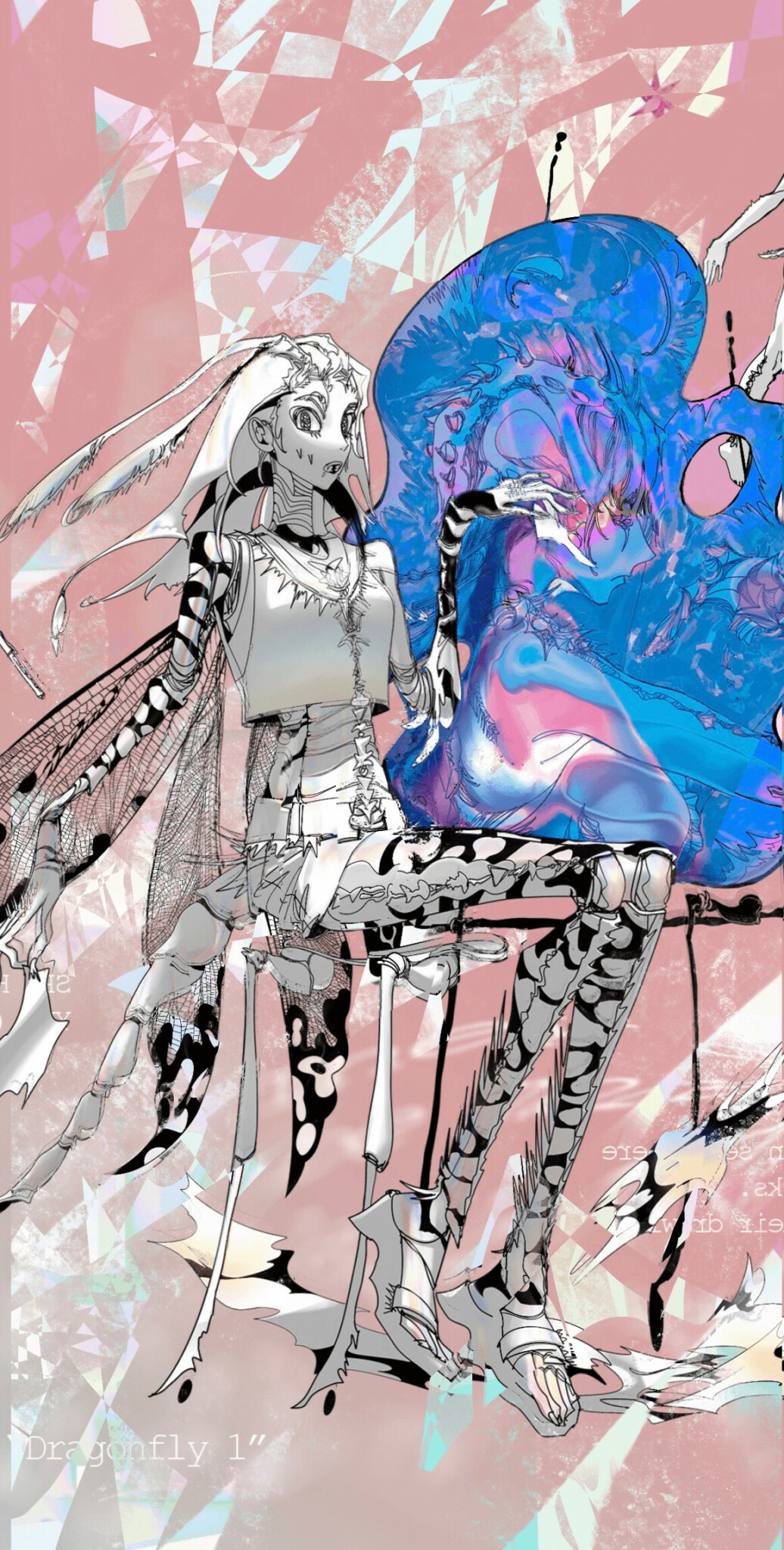We recently connected with Lezhi Li and have shared our conversation below.
Alright, Lezhi thanks for taking the time to share your stories and insights with us today. We’d love to hear about when you first realized that you wanted to pursue a creative path professionally.
I know the trope of “the suffering artist” is long outdated, but for me, the beginning of my story was still rooted in a profound experience.
From a young age, I found solace in drawing, using it as a form of entertainment. However, like countless other Chinese families, mine hoped that I would achieve conventional success. Both of my parents are doctors, so my path was set—I was preparing for the National College Entrance Exam, aiming for universities of medical school, law school, or a teachers university. Any of these would suffice. Drawing remained merely a hobby, something I turned to only when seeking refuge from academic pressures, a way to express emotions that words failed to capture.
The year before the Exam, the overwhelming coursework pushed me to my limits, leading to a complete mental and physical breakdown. I was bedridden, unable to get out of my room, trapped in the suffocating “curse” imposed by the system that “without the exam, my life would be ruined.” Every day, I was consumed by anxiety, tears streaming down my face, struggling to breathe. Yet, paradoxically, during this period of despair, I experienced an unexpected creative surge. I painted extensively about how I understood the Exam —though, regrettably, those works have been lost to time. Through that series, I poured out my understanding of the experience: I felt like a machine, built solely to fulfill a societal mission, and once broken, beyond saving. Yet my heartbeat, my breath, and my tears reminded me that I was not a machine—that I had emotions, that I was alive. And my paintbrush, miraculously, became the medium that organized my chaotic thoughts and communicated them to those around me. During those months of reflection and creation, my mother took a step back. Perhaps she recognized my artistic talent, or perhaps she decided to release the heavy expectations she had placed on me. For the first time, she sat down with me and asked if I wanted to try applying to an art school in the United States.
At that moment, I clung to this single, fragile lifeline. Unlike others who had chosen this path with careful planning, I had no long-term vision—only the certainty that the road I had been walking was no longer viable. Coming from a family of modest means, I knew that if this choice failed, I would have no more safety net. But unlike before, this was the first major decision in my life that I made for myself. It deviated from China’s mainstream definition of success. I had no guide to lead the way. I could only explore and carve my own path, alone. I chose to pursue art professionally, not because I was certain it was the right choice. Simply because I refused to be consumed by past suffering. Perhaps there is no absolute right path in life, but I believe that the path I walk on my own two feet is the one meant for me.
At the same time, another significant factor strengthened my resolve. Back then, I was playing a Japanese game featuring two characters who were determined to explore the relationship between art and themselves. In their stories, I saw a reflection of my own, and for the first time, I felt the power of being inspired by distant creators, speaking a different language, yet connected through art. At that moment, I felt understood. And I, too, hoped that my work could do the same—not just for myself, but for some unknown stranger in a faraway place, offering them strength in their own journey. I have to be professional.
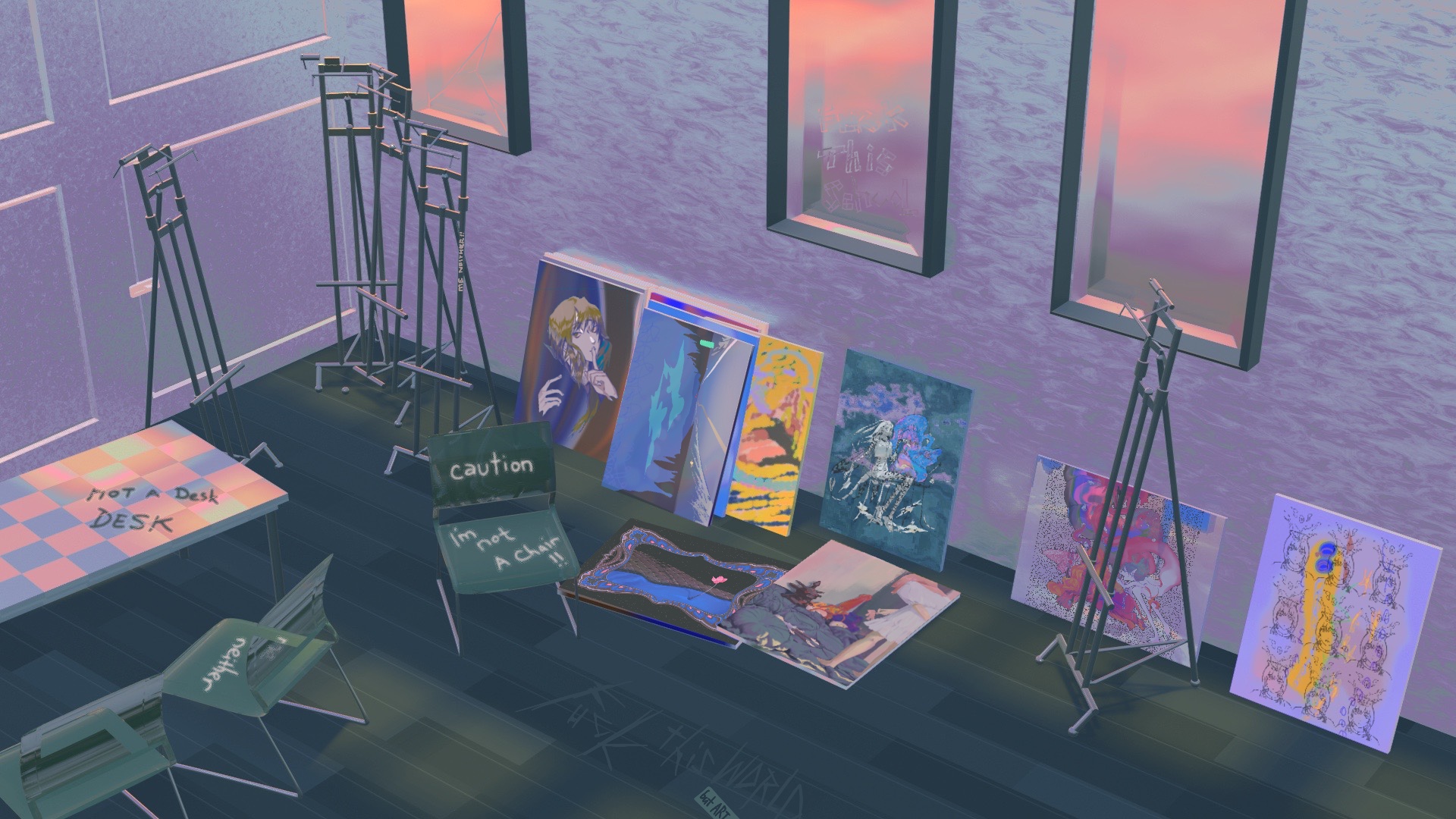

Awesome – so before we get into the rest of our questions, can you briefly introduce yourself to our readers.
My name is Lezhi Li, I temporarily based in New York and will return to Shanghai after my US visa expires in a few months. Since coming to the US, few people have been able to pronounce my name correctly, so I more commonly go by Liz Li here. And I usually use “ao” as my name on the internet.
I have been managing my own social media accounts since junior high school. Initially, I simply posted illustrations, but over time, I gradually built a small group of followers and friends. Now, I mainly sustain my income through commissioned work from them. BTW I love traveling, and during my trips I draw still life of each place and try to promote my account. Besides consistently creating illustrations and comics, I have spent the past two years learning 3D modeling and animated music videos. I look forward to engaging in thoughtful discussions with my clients, striving to bring our shared ideas to life to the best of my ability.
Although speaking English still makes me nervous, I am confident in my ability to understand client needs through written communication. I excel at refining and developing ideas throughout the discussion process, ensuring that both sides are satisfied with the final work. I wouldn’t say my art has a strictly consistent visual style, as I embrace change. I frequently shift my creative approach, introducing different variables at various stages. Both my clients and I enjoy the feeling of each project being a fresh, unique expression, though some my clients might be so scared of me always changing the “art style” as they wish to see the art form in a consistent way. At the same time, I am deeply moved that some of my closest friends can still recognize my work, understanding the thought process behind it despite its evolving nature. Perhaps what I value most is continuous transformation—endlessly expanding the breadth of life within the finite time I have.
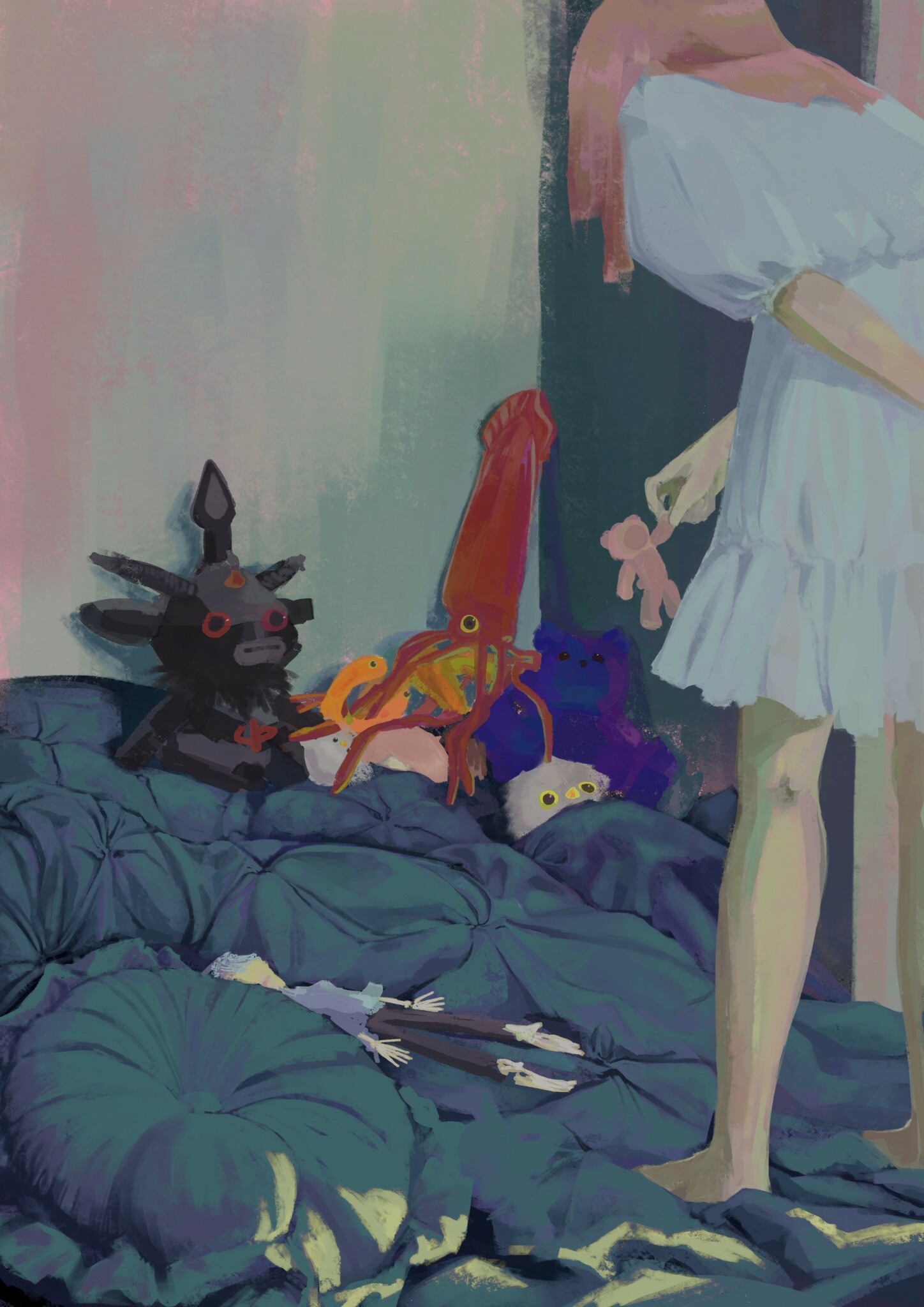
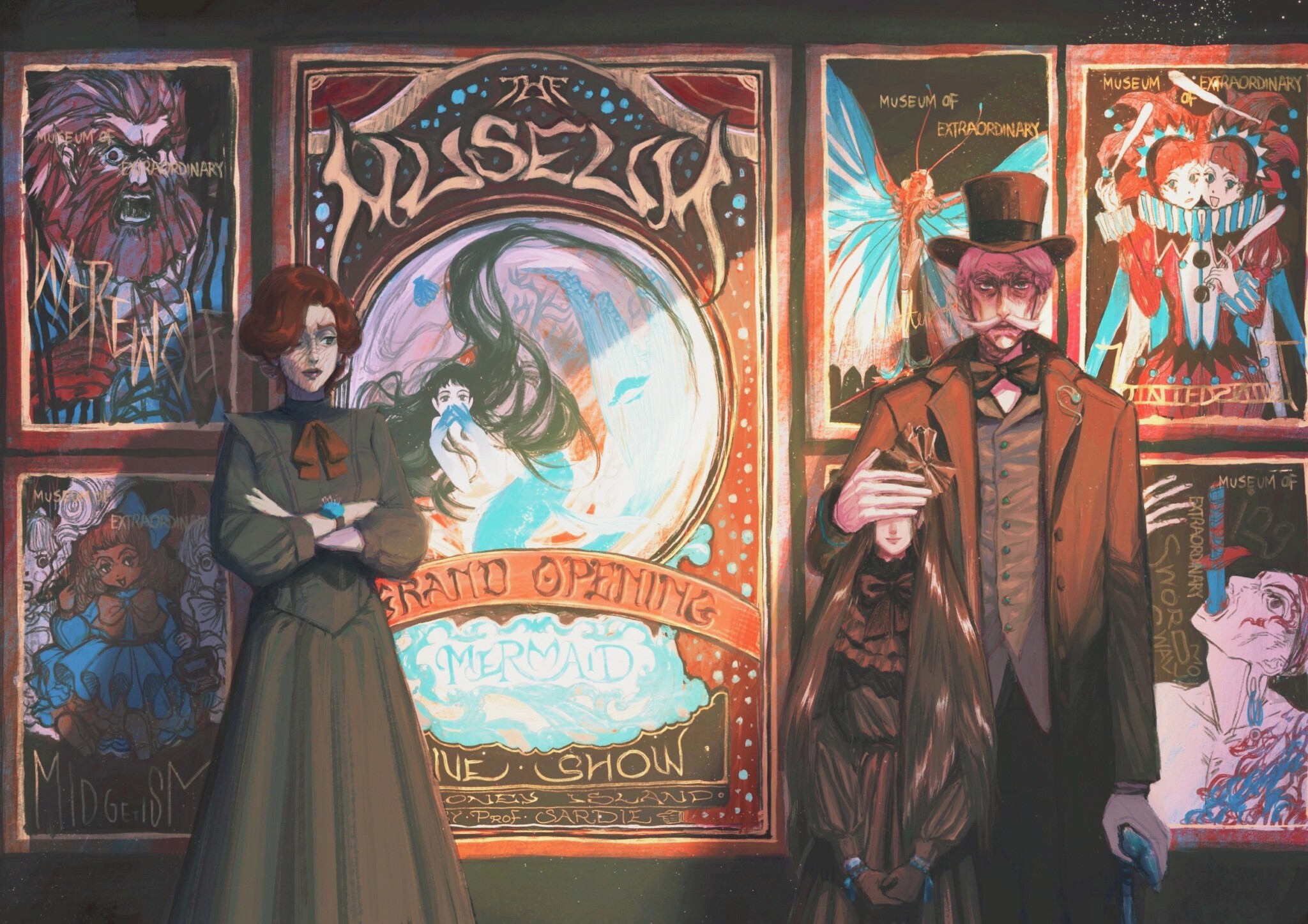
Are there any resources you wish you knew about earlier in your creative journey?
I would say that I definitely wish I could have someone(s!!), or an organization, to help me sort through the different career paths associated with various creative majors, along with the corresponding soft skills required for each. When choosing my major, I faced many difficulties. Without guidance, I had to navigate the overwhelming and often conflicting information available online, which made it difficult to make a decision truly suited to myself.
I have learned many skills, partly because I enjoy exploring new things, but also because it has been a source of confusion for me. I have to deeply engage in each creative approach before I can gradually uncover the key characteristics that define each professional field. For example, my initial understanding of illustration was that the artist’s role is to visually express what the client envisions. However, in the industry, there is an unspoken rule: a strong personal style—one’s own visual language—is essential. The goal is to create work that is instantly recognizable as belonging to a particular artist, while the actual subject matter of the illustration is often secondary. The corresponding soft skill, then, is having a strong sense of self-expression and being unafraid to reveal a part of one’s personal world. I often struggle to articulate complex thoughts in a straightforward manner, which sometimes puts me at odds with the directness required in this field. Because of this, I realized that I might not be well-suited for a career as a professional illustrator. After trying 3D modeling, I found that its structured approach made it a better fit as a way to supplement my income, even though it partially suppressed the soft skills I value most—communication and mutual understanding. In 3D modeling, designers take 2D illustrations and transform them into 3D objects that need to be visually coherent from every angle. This requires a strong spatial understanding and immense patience to refine every detail, ensuring that the three-dimensional form retains the same essence and charm as the original 2D artwork. I also learned 3D rigging, which requires even more patience to handle intricate details. Compared to being an artist, the work feels much more like that of a meticulous engineer. And I’m learning to be a florist recently, which I think requires the sensibility about shapes and colors in a more abstract way. If I had known about these subtle distinctions earlier, I believe my process of making career choices would have been much more efficient.
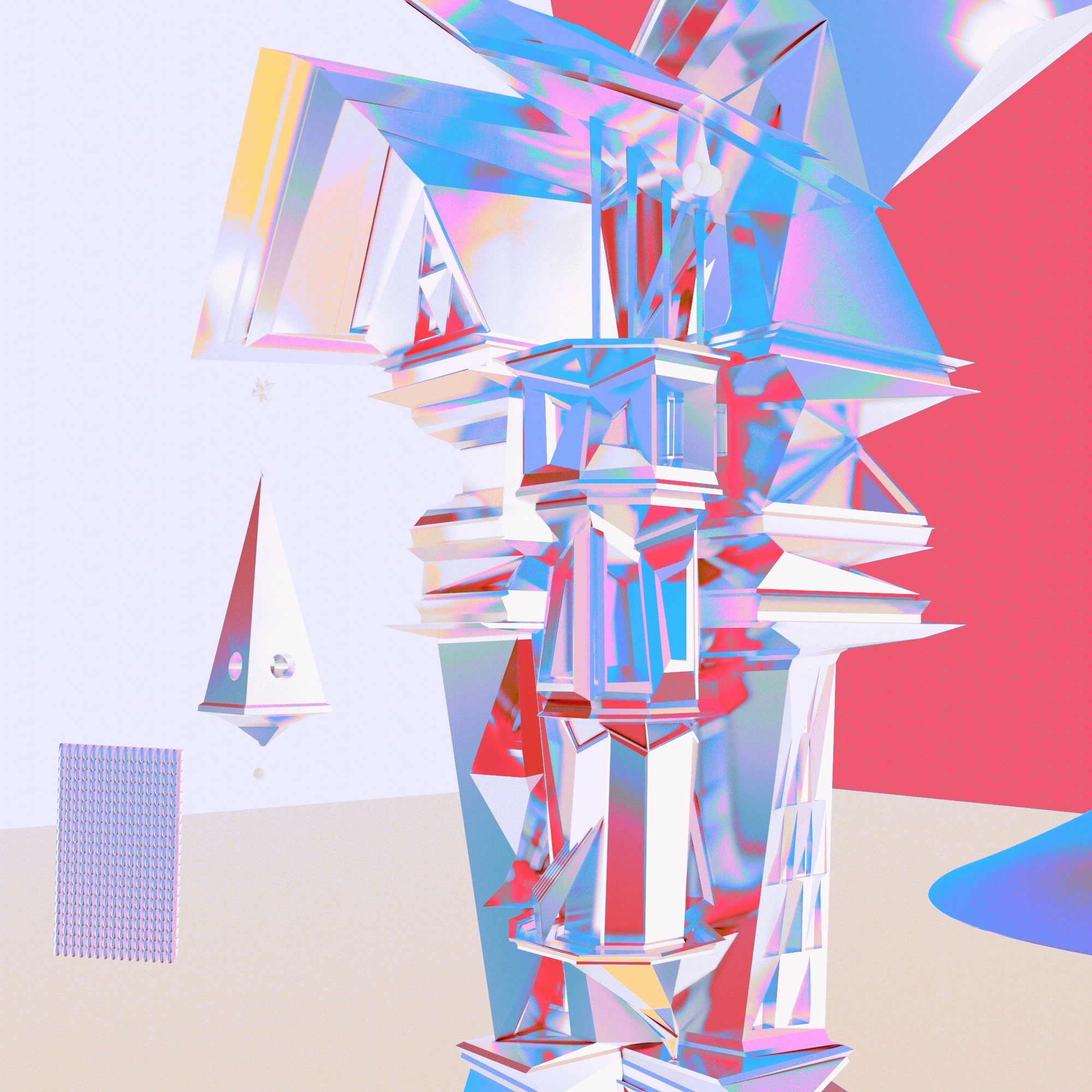

What do you think is the goal or mission that drives your creative journey?
I believe I have a sense of goal. Though saying this might make others think I am burdened by pressure, in reality, having a goal invigorates me and makes me more eager to create. I have always hoped to produce works that people can truly receive—creations that evoke warmth and emotion, and, most importantly, serve as a genuine means of communication and understanding.
Once I experience that rare moment of resonance with a distant creator, it becomes unforgettable, leaving me yearning for more. Thus I sometimes wonder if being creative is a kind of drug—one that allows people to immerse themselves in illusions and find joy in them. But I believe it is something far more rational, something with a real, tangible warmth rather than just a fleeting physiological sensation. Every piece of work is a crystallization of thought, requiring time, effort, and dedication from the creator.
Even for commercial projects or commissioned work, I never take them lightly. As long as I can achieve that brief moment of connection and understanding through my art, I believe my efforts are worthwhile, and my creation holds meaning. Perhaps if I were to question the deeper significance of it all, I might not yet have a definite answer. But through the actions I have taken so far, I feel that the vision I long for is gradually taking shape—I hope that through creation, people can come to understand one another, and through art, embrace each other.
Contact Info:
- Website: https://lizliart.com
- Instagram: @lizli.art
